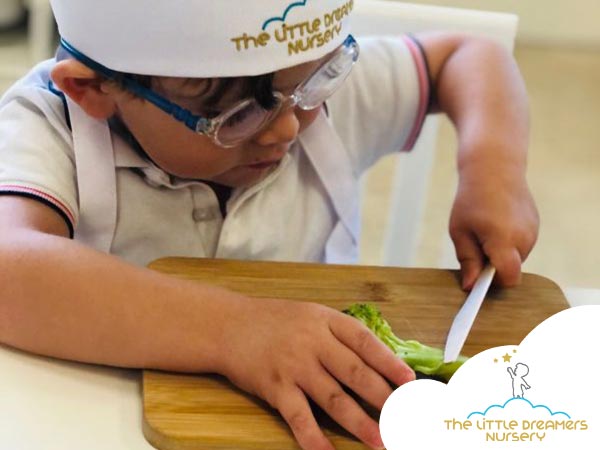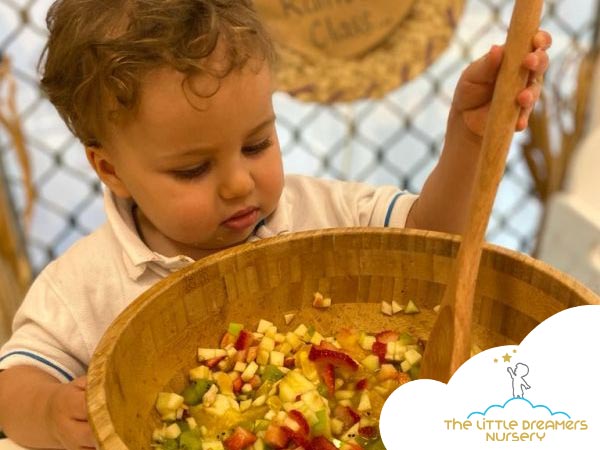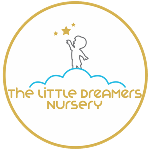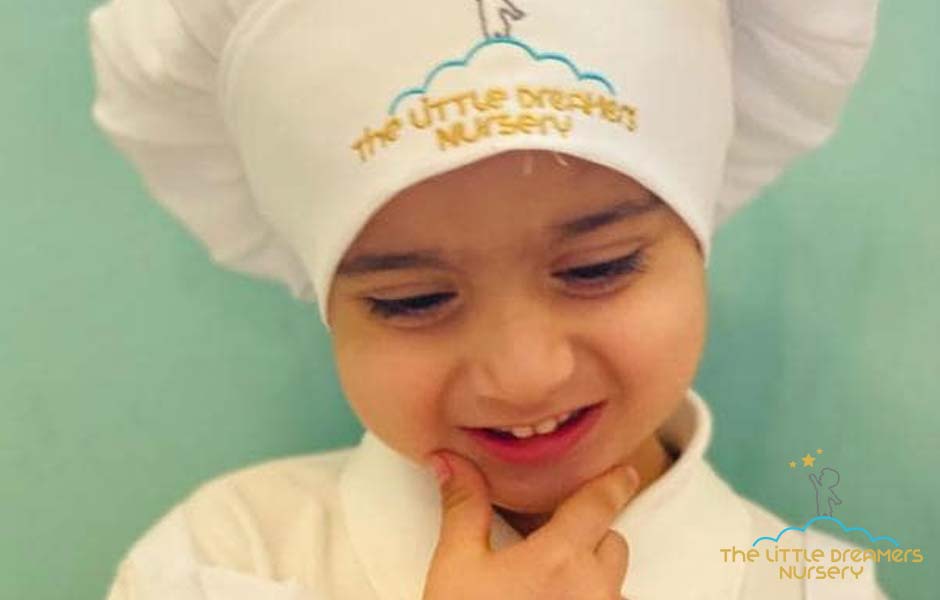Preschool meal plan for 3 5 year olds
Children in preschool are still developing their eating habits, so they need encouragement to eat all of the nutritional requirements for 3-5 year old’s.
There is an eagerness to learn among these children. It’s common for them to mimic adult eating habits. They also need supervision at mealtimes as they are still learning how to chew and swallow.

Nutrition guide for preschoolers:
- You should make meals, give snacks regularly and limit unplanned eating.
- At mealtimes discourage bad behavior. As a bad habit for children, children should not play with food at the dinner table, just eat.
- Choking can occur if a child runs or plays while eating. When your children eat, make sure they sit down.
- Make sure you keep offering a variety of food.
- Do not make mealtimes stressful. Make sure your child does not feel pressured to eat, even if it is entirely based on the nursery nutrition guide.
- A nursery shouldn’t make your child “clean” his or her plate.
- Overeating may result in your child gaining too much weight. If you limit snacks during the day, children will be hungry at mealtime.
- Give examples of healthy eating habits. When preschoolers watch their parents, they copy them. Your child will not learn healthy eating habits if you have unhealthy eating habits.
Register now>>> winter camp in Dubai 2024
What is the best snack to bring to nursery?
![]()
The MyPlate icon is a nursery nutrition guide for eating a healthy diet with your child. With MyPlate, you can have a good toddler meal ideas and your child can eat a variety of foods while consuming the right number of calories and fat.
To help nurseries in Jumeirah choose foods for children, the MyPlate icon has been prepared by the USDA and the US Department of Health and Human Services.
There are five food groups outlined on the MyPlate icon. These emphasize the nutritional value of:
- Grains: products made from wheat, rice, oats, cornmeal, barley, or any other cereal grain are grain products. Oatmeal, brown rice and whole wheat are some examples.
Choose whole grains, mostly. Selecting the right amount of grains is an important part of the “How many calories does a 3 to 5 year old need” question.
- Vegetables: Make sure you provide a variety of vegetables. As a simple nursery nutrition guide, veggies should be colorful. Vegetables such as dark green, red, and orange vegetables, legumes (peas and beans), and starchy vegetables can be included in this category.
- Fruits: Fruits and 100% fruit juices are included in the fruit group. There are many ways to prepare fruits, including fresh, canned, frozen, dried, cut up or pureed. For children ages 1 to 3 and 4 to 6 years old, the American Academy of Pediatrics recommends no more than 4 ounces of juice per day.
While oils are not food groups, some oils, provide essential nutrients and a child’s immune system. Avoid animal fats, which are solid fats.
Exercise and physical activity should be encouraged along with a healthy diet.
Related articles:
What Can I Do When My Toddler Won’t Eat Anything But Snacks?
Tips on nutrition and exercise
Follow these tips:
- Nursery nutrition guide should control when and where you consume food by providing regular daily mealtimes for your children. It demonstrates healthy eating behaviors and engagement in social interaction.
- Children should be involved in choosing and preparing food based on a nursery nutrition guide. A good nursery nutrition guide should help them choose foods that are nutritious by teaching them how to make healthy choices.
- When possible, choose foods with calcium, magnesium, potassium and fiber.
- Calorie consumption needs to be reduced by most people. Calories are important when it comes to weight loss. Consuming non processed foods and controlling portion sizes help limit calorie intake and increase nutrition. It is true for children, too.
- Parents are encouraged to limit children’s screen time to less than 2 hours daily. Encourage activities that involve more movement instead.
- A child or adolescent needs at least 60 minutes of moderate to vigorous physical activity most days for good health and fitness, as well as for maintaining a healthy weight during growth.
- In order to prevent dehydration, children should drink fluids regularly during physical activity and afterwards.

Sample Meal Plan for Feeding Your Preschooler:
- Breakfast:
- Mini mushroom omelets or breakfast cups
- Strawberry and banana slices
- Milk
- Morning Snack
- Quark and berries parfait
- Water
- Lunch
- Cream of parsnip and carrot soup
- 100% whole wheat unsalted crackers or pita bread
- Raw vegetables (carrots, celery sticks, red pepper slices) with salad dressing for dipping
- Milk
- Afternoon Snack
- Apple slices or cheddar cheese
- Water
- Dinner
- Mini meatballs
- Whole wheat pasta with tomato and vegetable pasta sauce
- Milk
- Bedtime Snack
- Fruit bites
Book a Tour Now to Visit our Nursery in Dubai!
and
Follow us on The Little Dreamers Nursery Instagram page.










I shared your useful article in our website. Your website is really a great place to read about kids education.
Please share an article about children that do not eat anything. It is very hard to feed some children !